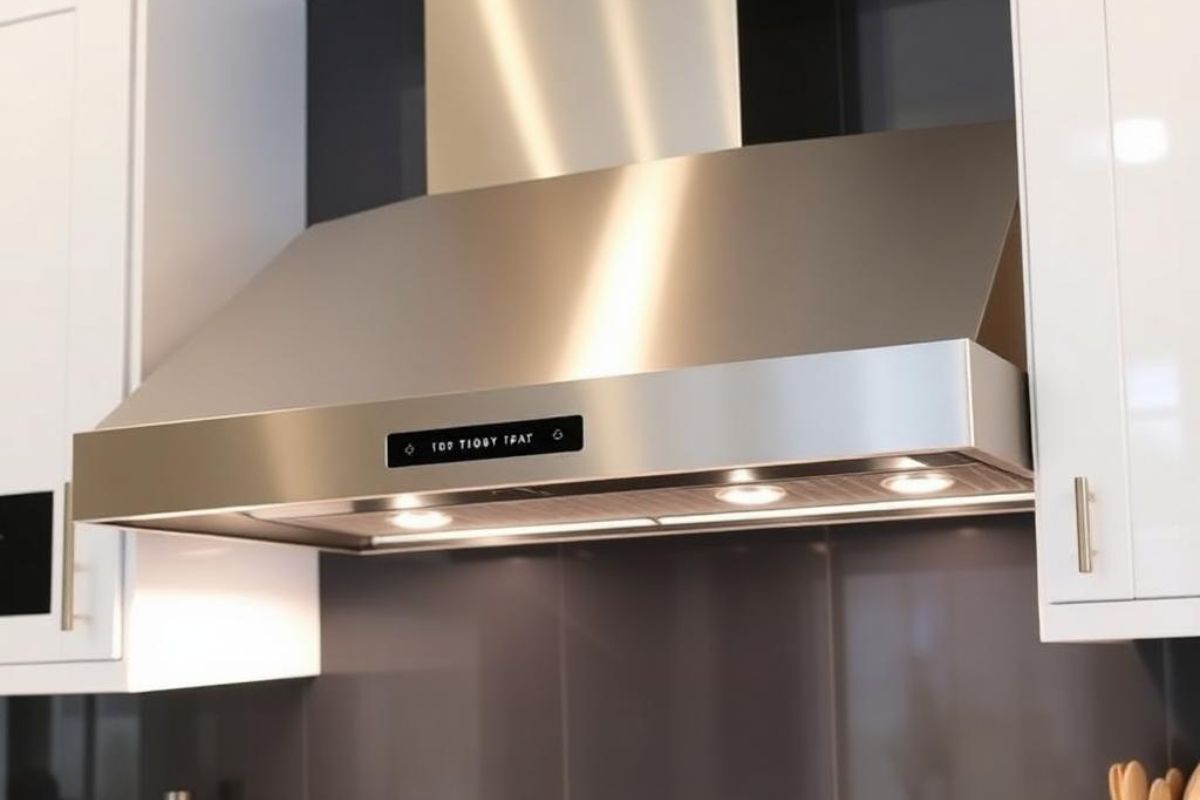Easy-to-Clean Bathroom Flooring Options for Tiny Homes

Choosing the flooring material for a bathroom in a tiny home is as important as any other decision when creating a space you like. Unlike a bathroom in a traditional home, you have to consider the space constraint and how the flooring material will affect bathroom maintenance and functionality.
As such, you want flooring that can withstand the foot traffic and the moisture. It should also have a maintenance routine that suits your lifestyle. Hence, this article explores various popular flooring materials to see how practical they are in a tiny home's bathroom.
Criteria to Help You Select the Most Suitable Flooring for a Tiny Home Bathroom
Before we compare various flooring options, let us focus a little on factors that ensure you get quality flooring products.

Water Resistance
The humidity and moisture in bathrooms require careful consideration of flooring material for several reasons. For instance, if you choose a material that can't withstand the splashes, it may swell or warp.
On top of that, mold and mildew may grow. Therefore, the flooring material should be water-resistant or waterproof to repel spills and splashes. Doing so also protects the foundation of your tiny house and its walls.
Durability
A tiny house is a significant financial investment, so you don't want to fumble with the bathroom. Thus, choose flooring that can withstand frequent traffic, especially if it's a family home or you host regularly. It should resist dents, scratches, and other unsightly marks from constant use.
Such marks may also come from the maintenance routine, so a suitable material should withstand your cleaning habits.
Ease of Maintenance
Although cleanliness is essential in any house, the environment of a tiny home can be unlivable when you fail to keep any section of the space clean. Hence, the floor should dry easily after cleaning. Further, flooring that's easy to clean and requires simple touch-ups like a wipe-down isn't labor-intensive.
Aesthetic Appeal
You want bathroom flooring that agrees with the rest of the tiny space. As such, when you work with bathroom remodeling experts, they help you choose the most suitable flooring color, style, and texture. For example, the space can feel more spacious if you choose light-colored material. For some depth, you can select a material with a textured finish.
Installation Cost and Process
If you're a DIY-er, you want a material that's easy to install. On the other hand, if you go for a professional installation, you have to consider the initial cost of the flooring material plus labor.
Now that we know the considerations, which flooring materials can serve a bathroom in a tiny house?
.jpeg)
The Best Flooring Materials for a Bathroom in a Tiny Home
Vinyl
It's a practical and stylish flooring material. For instance, since it's water-resistant, you don't have to worry about moisture damaging your floor.
Secondly, you have the option between vinyl tile and planks, allowing you to customize the choice to the aesthetics of the rest of the space. Such a floor is easy to clean, requiring a quick mop or sweep between weekly cleaning.
Another quality that makes vinyl practical is durability. The top drawback when considering this flooring material is that it's slippery. Thus, you'd better go for vinyl flooring with a textured finish.
Ceramic or Porcelain Tiles
This flooring comes in many designs. You can even mix and match them for a patterned look. Ceramic and porcelain tiles are easy to clean using regular cleaning tools and products in your home. On top of that, they are stain-resistant, allowing you to clean your bathroom without too much physical strain.
The only area you focus on is the grout lines because they can discolor with time. Therefore, choose a design with smaller tiles as they have narrow grout lines. You can also use a grout sealer to prevent wide grout lines.
Porcelain tiles are also suitable for the rest of the house. Hence, you can create an even style, color, and texture throughout the tiny home.
Natural Stone Tiles
It's one of the top choices if you're looking for unique flooring. Natural stone also has a luxurious feel that can turn the tiny bathroom space into a spa-like retreat. These stone tiles are also different because of the sheer number of patterns and textures. For instance, you can choose marble, slate, or granite.
Once you seal the tiles properly, the floor will not absorb moisture and collect stains. The sealant creates a barrier that repels water. In addition, maintain a consistent cleaning routine, and your natural stone tiles will look their best. They need a simple cleaning routine using products that don't have harsh chemicals.

Cork Flooring
More homeowners are opting for this flooring material for several reasons. For example, it's a renewable, eco-friendly material as the trees continue growing even after tree bark extraction.
Cork flooring is water-resistant. The tree barks contain suberin, which is impermeable, preventing water from seeping through. These barks are also mold and mildew-resistant; thus, you don't have to worry about moisture. Another benefit associated with this flooring material is its resistance to warping.
Unlike hard materials, such as stone, you experience a cushioning effect when on the cork flooring barefoot. On top of that, since this material has thermal insulation properties, the temperature is comfortable even during cold months.
With regular sweeping and mopping, your cork flooring should serve you well. It requires gentle cleaning products.
Rubber Flooring
It's not a conventional flooring material, but it brings several good qualities, and that's why more homeowners are considering it. For example, since your bathroom may be multipurpose, you need flooring that can withstand moisture. Rubber flooring is waterproof; your bathroom is safe from moisture generated as you shower or do laundry.
Furthermore, a bathroom with a slippery floor is a dangerous environment. Hence, installing a rubber floor brings essential anti-slip properties, making your showering space safe.
The cleaning process is as simple as other materials discussed here. On top of that, you can customize your floor by selecting a smooth finish or textured pattern. Further, there are various color options to personalize your choice. It's an eco-friendly material, as you can get recycled rubber flooring.
Laminate Flooring
Although this material isn't a conventional option for bathrooms, the present range of laminate is waterproof and can withstand the moisture in your tiny home bathroom. It's easy to install and mimics the appearance of more expensive materials like wood and stone.
This flooring has a smooth surface you can sweep or mop just after your morning or evening shower. Therefore, it's such a hassle-free maintenance process that it won't add much time to your cleaning schedule.
Conclusion
The flooring options discussed prove there are many easy-to-maintain materials. They present a variety of features and benefits. For example, rubber flooring or natural stone tiles might be your first option if you're looking for a non-slip material. On the other hand, if your priority is sustainability, you may go for cork flooring or rubber. You can also bring the spa-like appeal to your bathroom with a natural stone floor.
As you make this decision, also consider the installation process. Some materials require an expert, while others are not as complicated for an experienced DIY-er. Another consideration is the aesthetic appeal and if you want to match the materials in the bathroom with the rest of your tiny home.







.jpg)

.jpg)